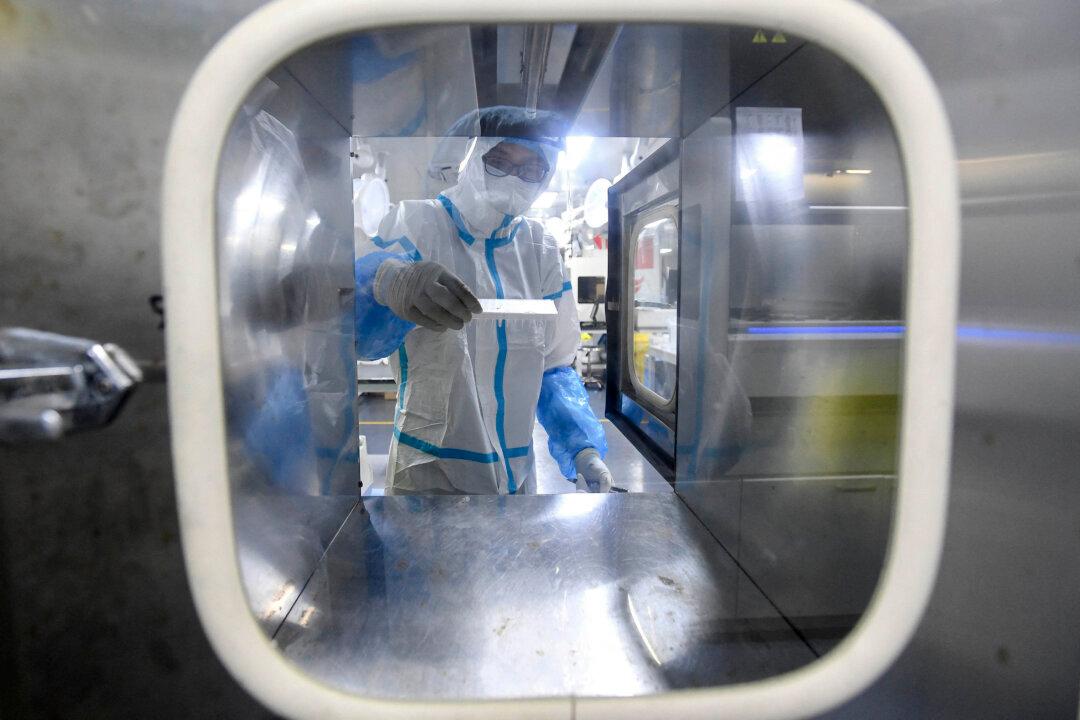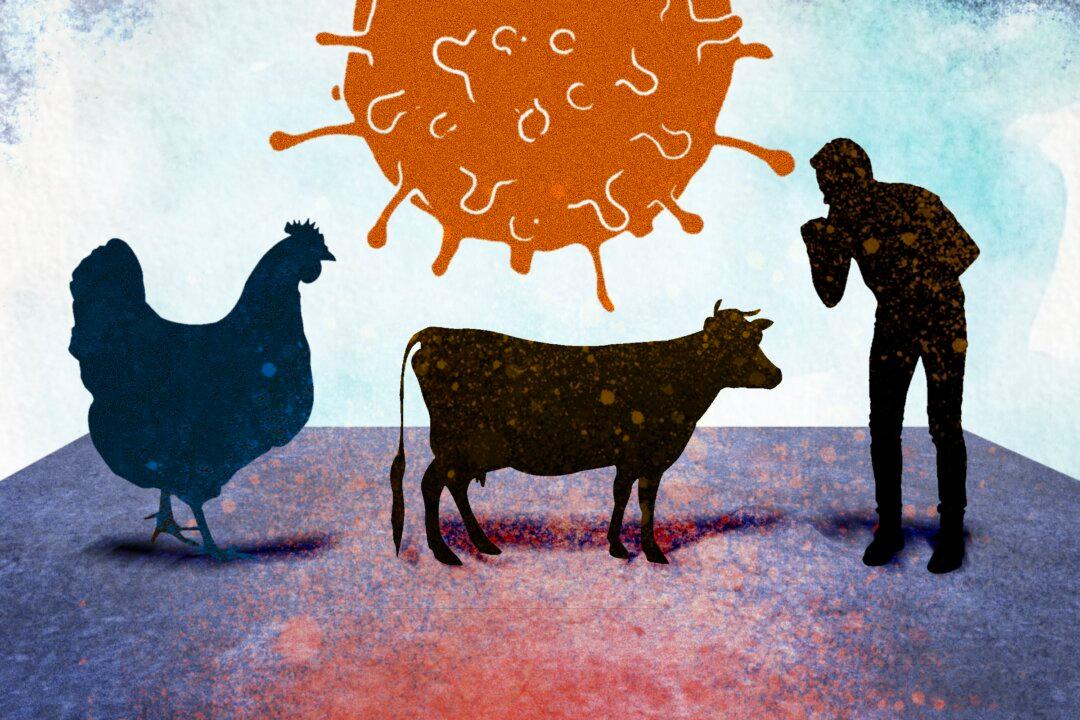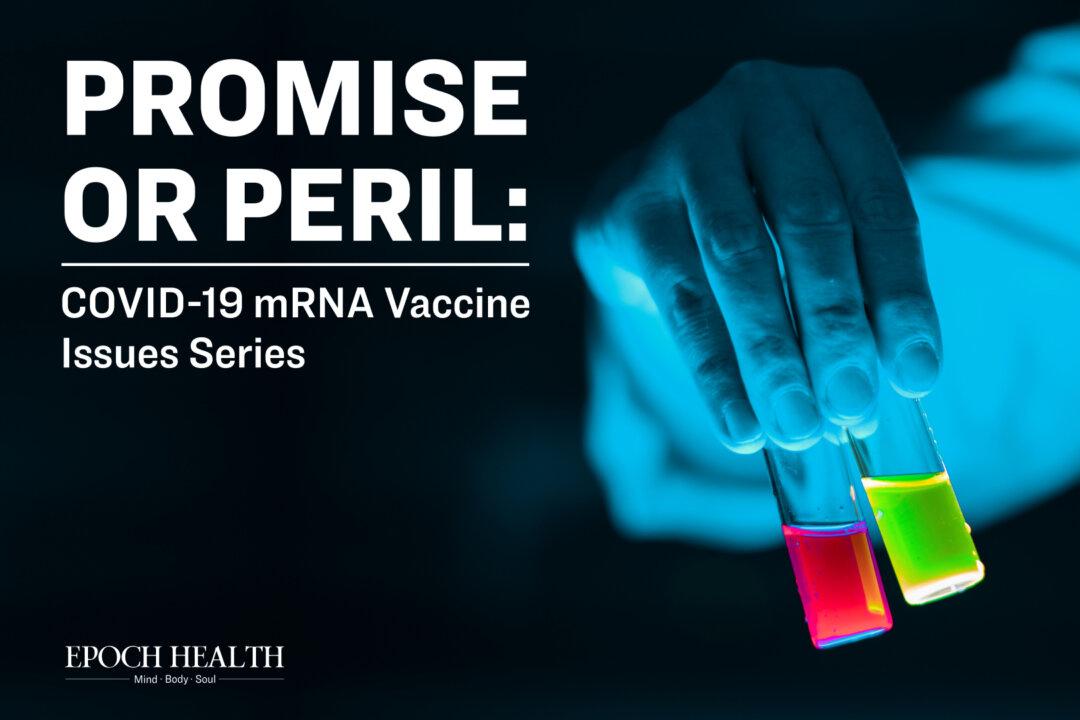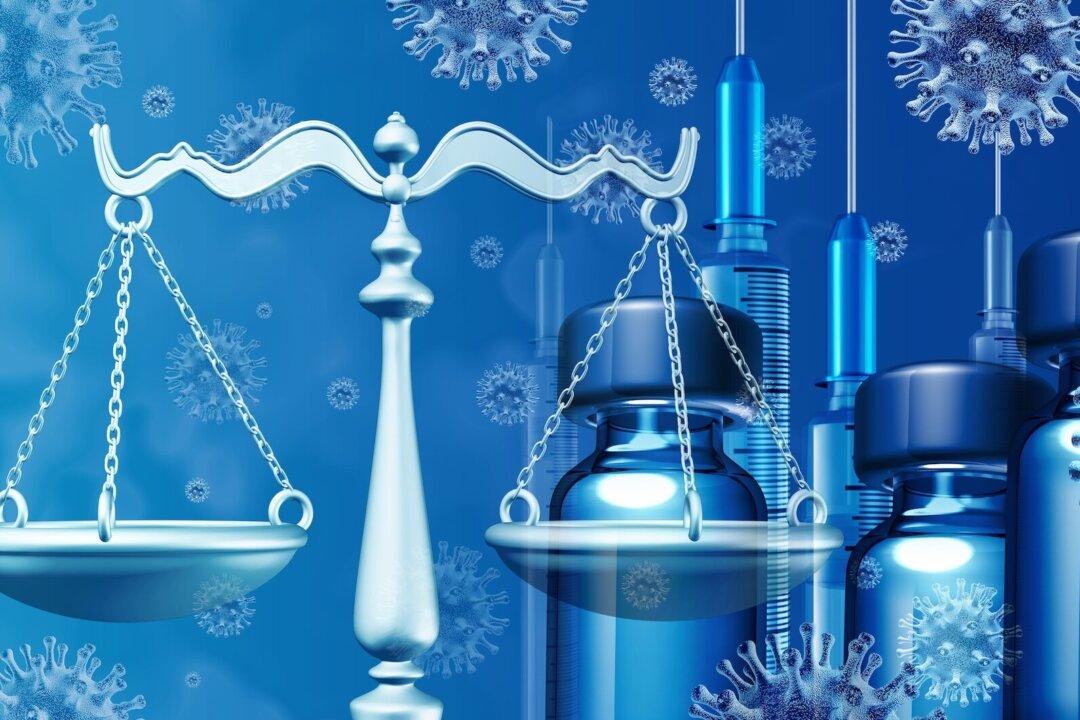Monkeypox has been spreading in many countries. Many media and public health agencies have consistently emphasized that monkeypox mainly spreads through contact via the skin in their public statements, educational flyers, and media articles in the last few months. However, more research found that monkeypox mainly spread through sexual contact.
New England Journal of Medicine (NEJM) published a study on 528 Monkeypox virus infections across 16 countries between late April and late June. Overall, 98 percent of the persons with infection were gay or bisexual men, and transmission was suspected to have occurred through sexual activities in 95 percent of the persons with infection.






